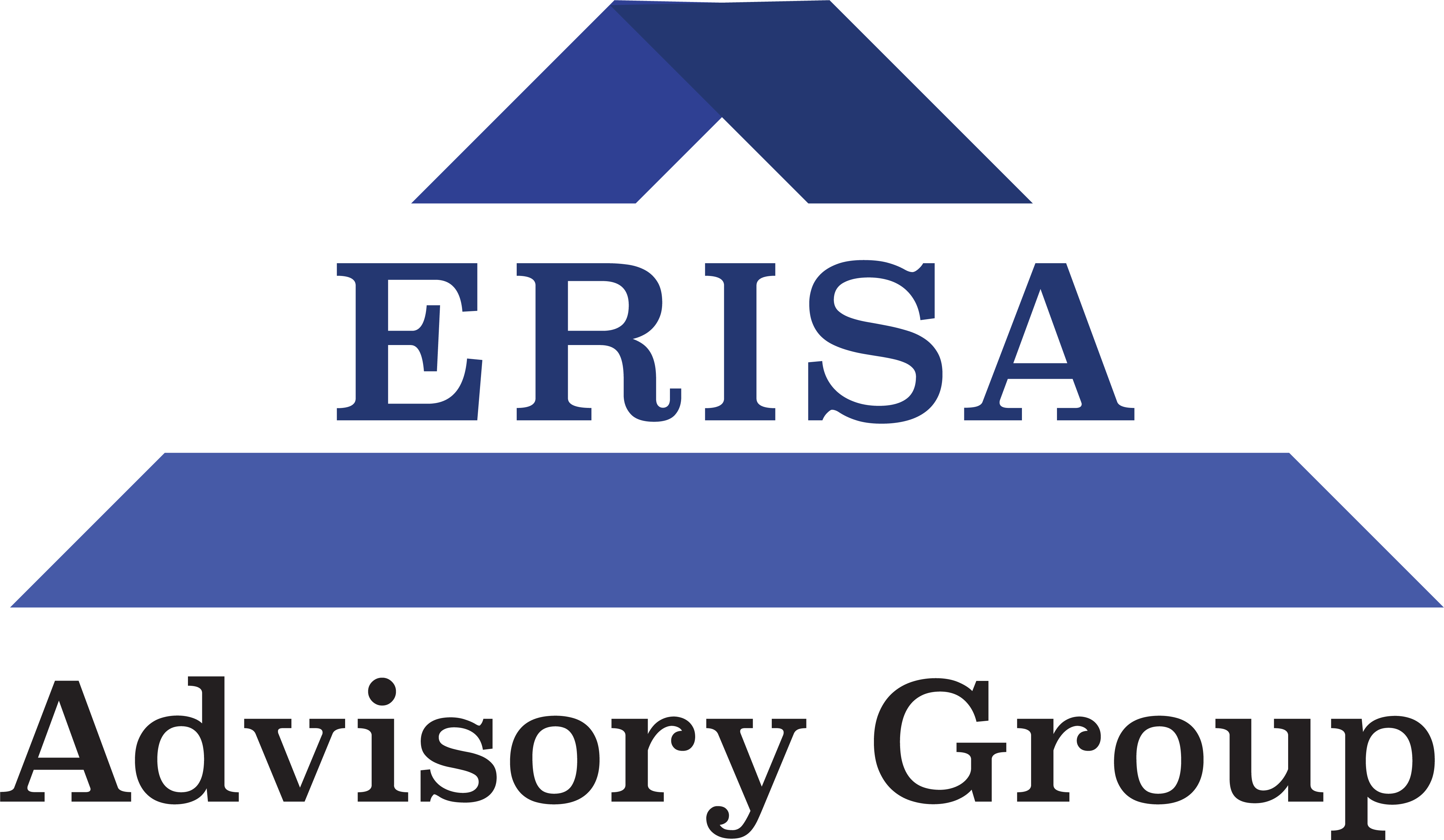ERISA INSIDER VOL. I, ED. I: Understanding Fiduciary Responsibility Under ERISA
What it means. Why it matters. And the 4 levels of fiduciary liability you need to know about.
Dear Employer,
Fiduciary Liability is a scary term. A lot of professionals in the industry often exploit the fear of being held personally liable by the US government for making mistakes to sell you on their services.
But, before you go hiring someone to relieve you of that burden, I urge you to take a few minutes to read this newsletter – and get a better understanding of what fiduciary responsibility really means when it comes to managing your ERISA plan.
Who is an ERISA Fiduciary?
A fiduciary, in any field, refers to someone who manages other people’s assets. When it comes to Health & Welfare and Retirement Plans covered by the Employee Retirement Income Security Act of 1974 (ERISA), a fiduciary is trusted to put the interests of plan participants and beneficiaries above all else — including his or her own self-interest, and the personal or business interests of the Plan Sponsor.
One Plan, Many Fiduciaries…
Did you know in most cases, more than one person associated with your plan is technically a “fiduciary” under ERISA?
The most obvious fiduciary role associated with your ERISA plan is the 402(a) Named Fiduciary in your plan document. (If you don’t currently have a 402(a) Named Fiduciary, that position is assigned to the Plan Sponsor, who assumes full personal liability for the plan by default.)
However, anybody who “functions” in a fiduciary capacity while working on behalf of your ERISA plan is also considered a plan fiduciary by law – whether they know it or not, and whether they agreed to it or not.
Several activities qualify as fulfilling a fiduciary role under ERISA including: managing plan assets, performing Plan Administrator duties for the plan, or providing investment advice for a fee.
The problem:
Many times, people who perform these duties on behalf of your ERISA plan are unaware they are taking on a fiduciary responsibility, and will be held personally liable should anything go wrong.
As a Plan Sponsor, or a Fiduciary for your organization’s qualified plan, you must become aware of the Fiduciary Responsibilities you are required to carry out. And, you should inform other fiduciaries who operate your plan as to their legal role and level of personal liability tied to their position.
What are the ERISA Fiduciary Responsibilities?
There are several ERISA Fiduciary Responsibilities every fiduciary working on behalf of your plan should be aware of:
- Duty of Care – as Named Fiduciary of your ERISA plan you must be a prudent expert, first and foremost. If you lack the necessary expertise, you must hire someone who has it.
- Loyalty to Plan Participants & Beneficiaries – your primary mission as an ERISA Fiduciary is to make decisions that are solely in the interest of your plan’s participants and beneficiaries. You cannot make decisions or take actions (like charging add on fees for services you provide) that could benefit your organization or yourself above the interests of your employees.
- Prudence in Exercising Responsibility – if you are not an expert in any area of your plan, you must prudently recruit an independent fiduciary who is. Once you do so, you are responsible for monitoring their performance, as well as their compensation and qualifications.
- Diversification of Plan Assets – if your plan has assets, you must diversify the plan assets as you would with any investment portfolio, in order to minimize the risk of large losses.
- Follow Plan Documents As Consistent With The Law – ERISA plans are guided by federal law. It is crucial that you ensure payouts and reimbursements made to participants & beneficiaries are consistent with ERISA and all other federal laws, over state and local laws.
- Avoid Prohibited Transactions & Conflicts of Interest – as an ERISA Fiduciary, it is your responsibility to monitor all transactions that take place within your plan. If you are found to be making “prohibited transactions”, or engaging in any form of “self-dealing” as defined by ERISA, you will incur harsh penalties from the US Department of Labor. (And your private mistakes will quickly become public knowledge)…
Protect Yourself By Exercising Fiduciary Governance
As a Plan Sponsor or Named Fiduciary, the best way to protect yourself (and your organization) from violating ERISA rules is to exercise what is known as Fiduciary Governance.
ERISA lists several fiduciary roles for managing your Health & Welfare or Retirement Plan, along with varying levels of personal liability attached to each.
It is best to appoint a prudent expert with the necessary experience to fulfill each position, in order to ensure liability is shared and the plan is being implemented properly.
Memorize these 4 Levels of ERISA Fiduciary Liability, and appoint the proper person to each one:
402(a) Named Fiduciary – the main fiduciary in charge of all decision making, and management of other fiduciaries working with the plan. (Named Fiduciary assumes the HIGHEST Level of personal liability of all appointed ERISA Fiduciaries.)
3(16) Plan Administrator – performs the duties of the Plan Administrator defined in ERISA — such as filing the annual Form 5500, Summary Plan Descriptions, and providing paperwork and other communications to the US Department of Labor and the IRS. (The Plan Administrator assumes personal liability for administration of the plan, but DOES NOT share full personal liability with the Plan Sponsor under ERISA.)
3(21) Investment Advisor – provides investment advice only, which the Plan Sponsor or decision-maker can accept or reject. (Shares investment liability under ERISA, but DOES NOT share personal liability with the Plan Sponsor.)
3(38) Investment Manager – responsible for selecting and managing plan assets. Makes investment decisions for the plan. (Shares some personal liability under ERISA with the Plan Sponsor, for investments only.)
Take These 3 Proactive Steps To Stay ERISA Compliant
- Be aware of every person inside and outside of your organization who carries a fiduciary role in your ERISA plan. (Also, be sure to inform each person of their level of liability attached to their legal role as fiduciary.)
- Train your current staff on proper fiduciary practices, as well as the duties, responsibilities and legal liabilities they carry in their fiduciary roles.
- Hire prudent experts with the necessary experience to carry out each fiduciary role. These can include your 3(16) Plan Administrator, 3(38) Investment Manager, 3(21) Investment Advisor and 402(a) Named Fiduciary.
Do you need help carrying out the Fiduciary Responsibilities required for your ERISA Plan?
If you want to seek advice about how to manage your organization’s Health & Welfare Plan or Qualified Retirement Plan, then click here to schedule a free consultation with an ERISA Independent Fiduciary at the ERISA Advisory Group.
To Better Compliance,
-William Kropkof, CEBS
President
ERISA Advisory Group

